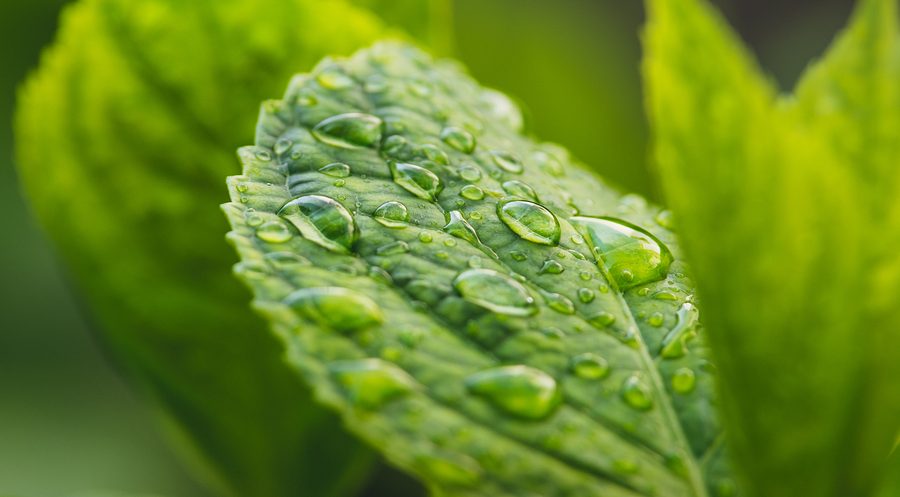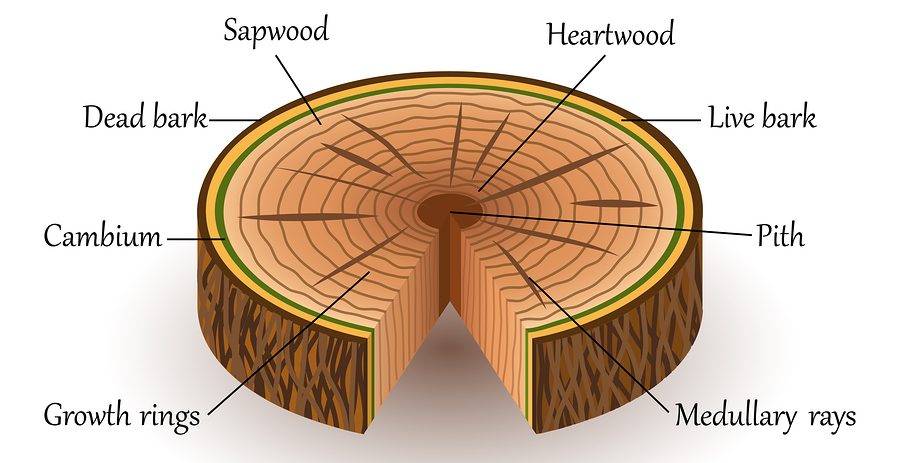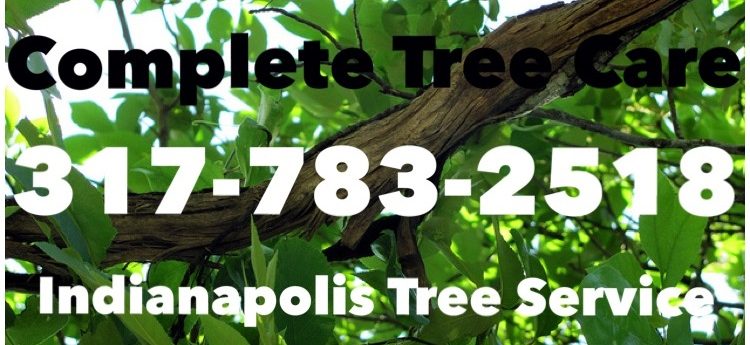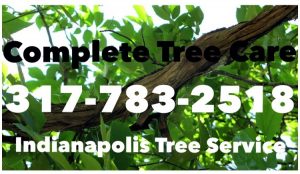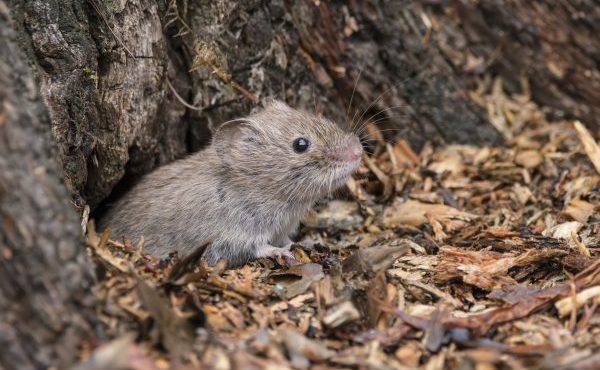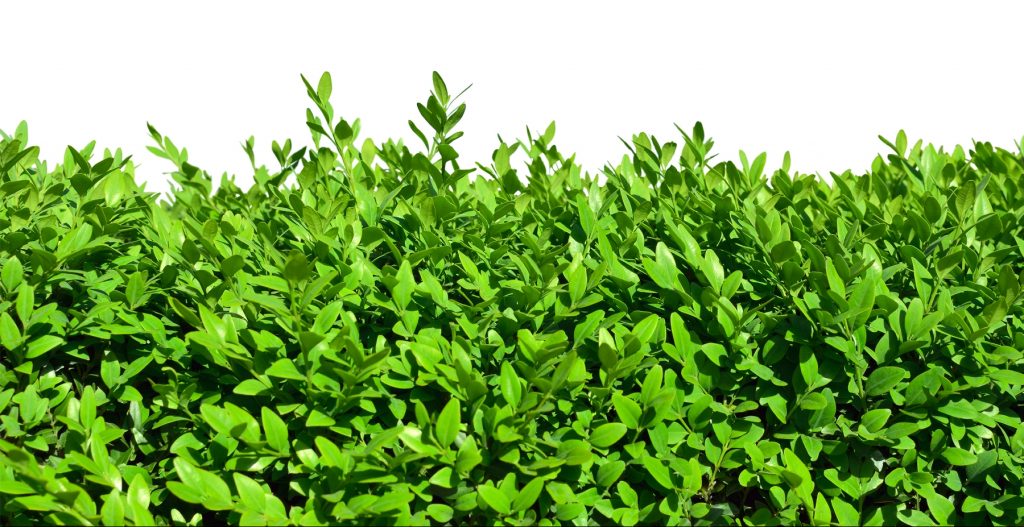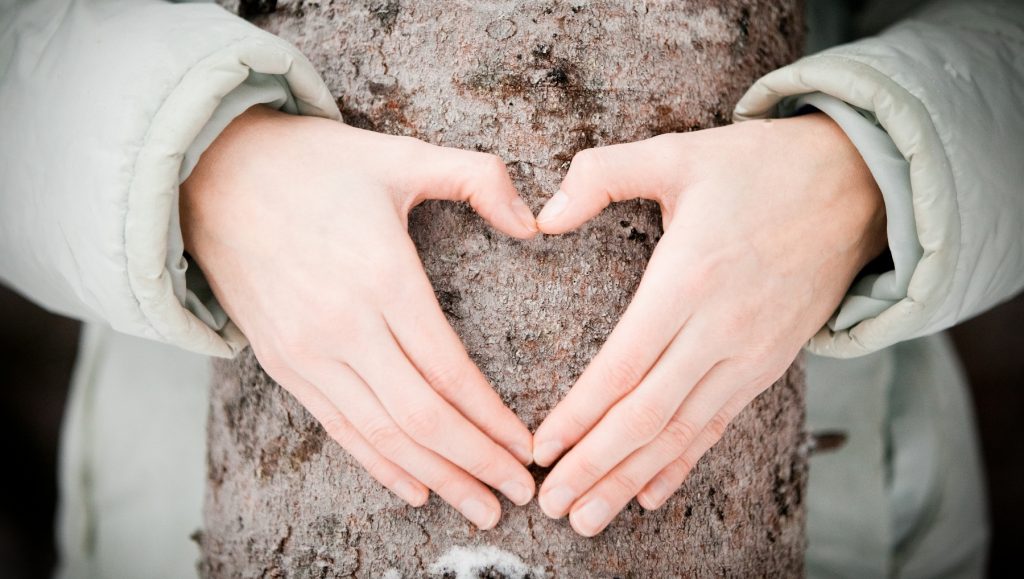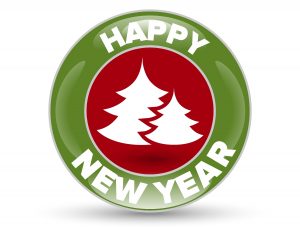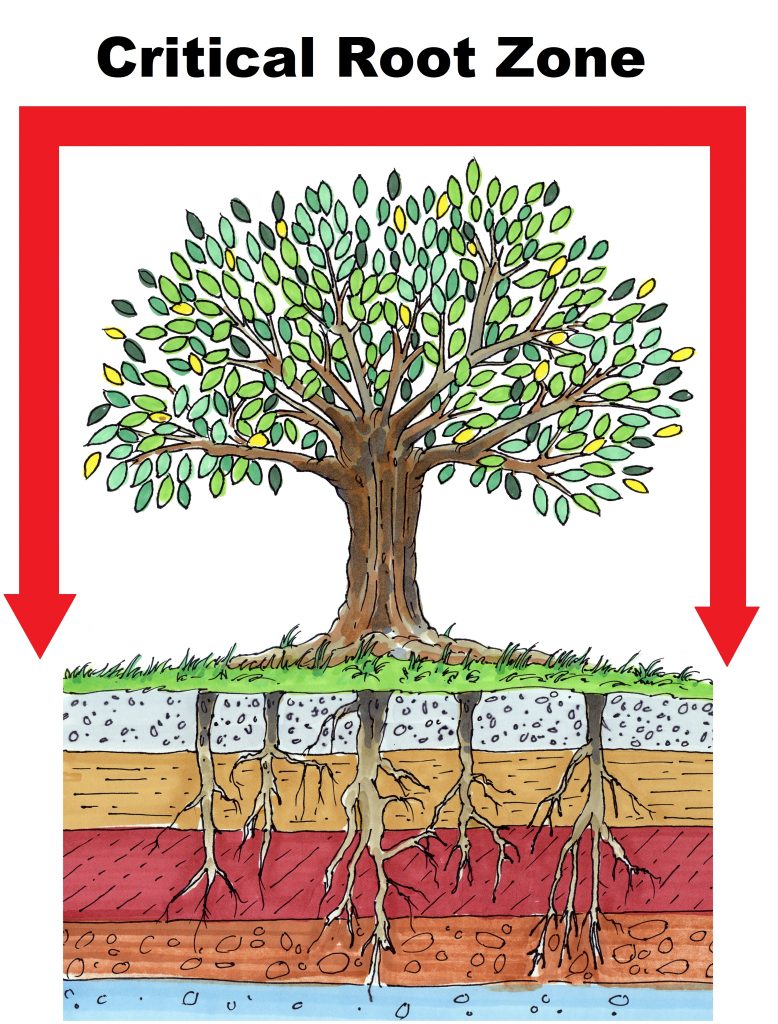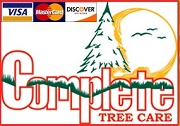Although the majority of insects and similar pests turn in for the winter season, that does not mean they have disappeared. In fact, many species of bugs will brave the cold, harsh climates. Unfortunately, this puts our landscaping trees at risk since winter insects commonly target them for food and shelter.
If you are concerned about the quality and protection of your trees, continue reading to learn which winter tree pests to watch out for, as well as, how to treat or prevent them next year.
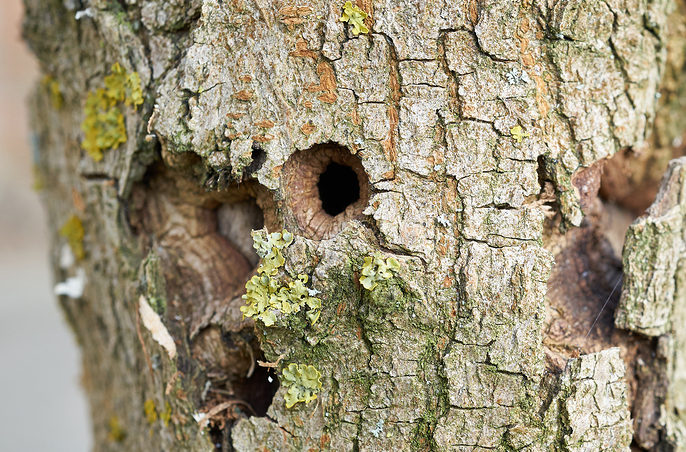
Red Spider Mites
Although they are also very active in fall and spring, red spider mites are still something to look out for in the winter season. What really makes them a nuisance is their omnivorous appetite, as they will feed on a wide variety of plants and shrubs. However, apple trees are their main love, and they target them quite aggressively this time of year. Any crevices near the bottom of the tree’s trunk are where the spider mites like to hang out during the winter.
Here they will hide until the climate warms up. Because of this innate habit of survival, it is difficult to spot a red spider mite infestation. They are very tiny, resembling small red speckles of dust, and will spin webs just like other spiders. Look for these signs if you suspect an outbreak within your landscaping. Fortunately, they are a bit easier to get rid this time of year because they are not reproducing as rapidly.
Aphids
Aphids are trickier winter tree pests since there are more than 4,000 known species around the world. This makes them harder to identify, which in turn, leaves many tree infestations misdiagnosed and mistreated. Furthermore, their high numbers allow their hordes to surmount a plant quickly. Their eggs are laid in the fall, and remain dormant within trees during the winter season. As a result, trees can experience a rapid decline in health and structural integrity.
Codling Moth Grubs
If you can picture a worm crawling out of an apple, like in those fairytale movies you used to watch as a kid, you might be imagining a codling moth grub. That is because these common winter tree pests target fruit trees, including apple trees, pear trees, and cherry trees. Like spider mites, they will enter the tiny crevices and hide away for the winter, which overall, damages a tree.
How to Treat and Defend Your Trees
There are plenty of ways to prevent pest outbreaks in your trees. The most effective method is routine tree care, namely trimming and pruning. This promotes healthy growth and lasting stability in trees. See our blog, “When is it Time to Trim My Trees?” to learn how to develop a routine schedule for your property. Weeding and mulching are two additional tasks that will make identifying pests easier.
You can also choose to apply a spray-on pest defender repellent on your trees in the fall for winter protection. Be sure to hire a professional company for tree spraying services. Another technique is to apply glue around your trees in the form of bands, which can prevent insects from crawling up the trunks and into the canopies.
Indianapolis Tree Care You Can Trust
Call Complete Tree Care at 317-783-2518 for prompt and professional Indianapolis tree service you can trust. We are experienced tree care technicians that can resolve your tree problems, regardless of your projects size or scope. We offer a wide range of tree removal and tree services, for both residential and commercial properties. We even offer free estimates and free tree care advice!


